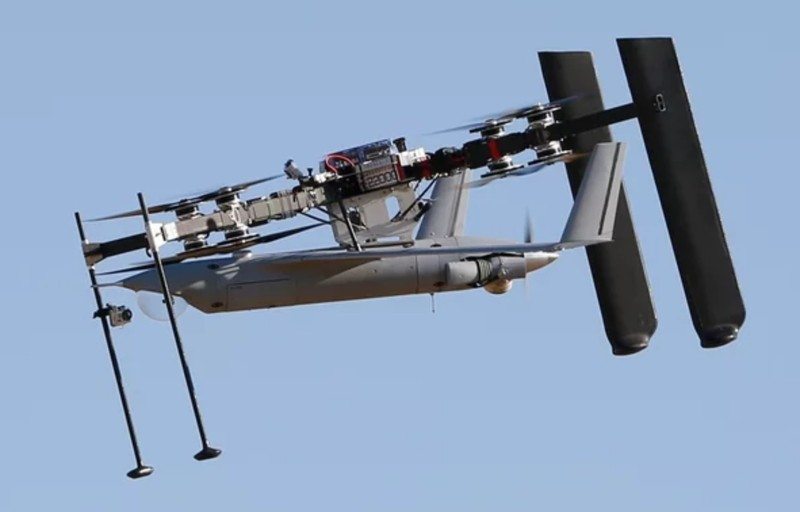FLARES – A New Drone Launch and Retrieval System
Alexander Neil / 9 years ago

Just like a full-sized aeroplane, landing a fixed wing drone is no easy feat, made even more difficult under poor ground conditions and lack of space. Most drone makers accept this issue by designing their drones to handle light crash landings. Sometimes this just isn’t reasonable, be it due to the risk of damage to the drone or space limitations such as on warships. Boeing subsidiary Insitu has an answer to this problem, the Flying Launch and Recovery System, or FLARES for short.
FLARES, at least in appearance is incredibly straightforward. The drone to be launched is attached to the underside of the craft by the ground crew. It then carries the attached drone up into the air. Once at a sufficient altitude, the attached drone revs its engines up to speed and then detaches from the FLARES craft. The quadcopter then returns to the ground crew, where it can be fitted with a skyhook. Once back in the air, the drone snags onto the skyhook hanging from the quadcopter, arresting its momentum similarly to landing on an aircraft carrier. The ground crew can then safely reel in the drone using the skyhook pulley on the ground.
So far, the main craft used to test FLARES has been a lightweight version of the ScanEagle UAV, proving the system currently able to catch a craft of around 40 pounds in weight. And the tests that have been run so far only used existing commercial stock, which means there could be plenty of advancements with more specialist hardware, allowing the system to be used with larger and heavier drones. The system is still in its infancy too, with the tests demonstrating the system being the first time the system has been trialed, the success of which appear to be quite remarkable. When fully realized, FLARES could allow the development and deployment of more advanced fixed wing drones, with far less concern for handling almost inevitable crashing or the site from which it operates.



















